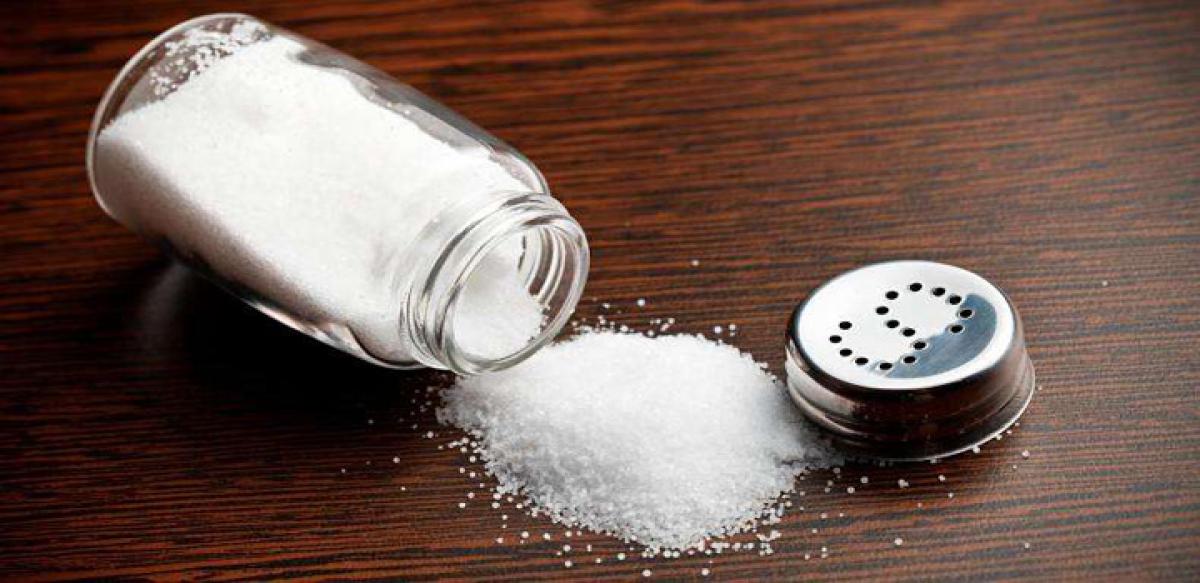Live
- Youth urged to apply for training by SEEDAP
- From SLV-3 to PSLV-C21…MMS played key role in India’s space journey
- Revenue Sadassulu to continue till all issues resolved
- PV Sindhu, husband seek Lord’s blessings at Tirumala
- Manmohan Singh’s death great loss for nation: Purandeswari
- YSRCP vows to continue struggle
- Jagan under fire for power tariff protest
- Chippagiri secures 36th rank in ABP in south zone
- Forest, wildlife conservation is everyone’s responsibility: Collector
- Anantapur: 10-member ganja peddling gang arrested









